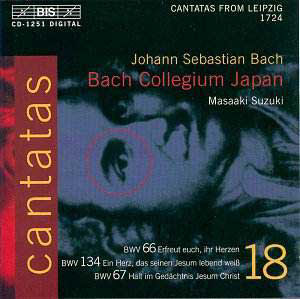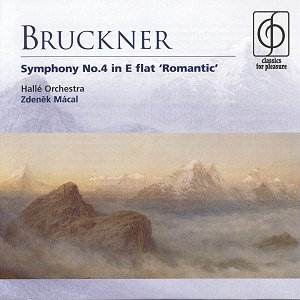 Composer: Richard Strauss
Composer: Richard Strauss
Works: Piano Sonata in B minor Op. 5, Five Piano Pieces Op. 3, Stimmungsbilder (Mood Paintings) Op. 9
Performers: Oleg Marshev – piano
Recording: Cultural Institute, Milan, September 1996
Label: Danacord DACOCD 440 [73.53]
Richard Strauss, a titan of late-Romantic music, is often boxed into the familiar confines of his grand operas and lush tone poems, leaving his earlier piano works relatively unexplored. This recording presents a compelling journey into the young Strauss’s piano repertoire, comprised of three significant collections composed during his teenage years. The compositions reveal a fascinating blend of influences and stylistic developments, setting the stage for the remarkable trajectory of Strauss’s later works.
Oleg Marshev’s interpretation of these early piano pieces is both insightful and engaging, illuminating Strauss’s nascent genius. The Piano Sonata in B minor Op. 5, with its Allegro Molto Appassionato opening, showcases an impressive emotional range, and Marshev adeptly navigates its robust figurations. The interplay between the two subjects in the first movement is particularly noteworthy; Marshev’s attention to dynamic contrasts and phrasing enhances the lyrical second theme, which emerges with a dreamlike quality reminiscent of Liszt’s influence. The Adagio Cantabile, a melodic gem, benefits from Marshev’s delicate touch and ability to sustain the lyrical line, allowing the harmonic richness to unfold without overshadowing the simplicity of the melody.
The Five Piano Pieces Op. 3 serve as a delightful exploration of youthful creativity, and Marshev’s performance brings out the distinct character of each piece. The opening Andante, a contemplative ‘song without words,’ is rendered with a reflective touch, while the scherzino feels alive with sprightly energy, albeit occasionally lacking momentum. Marshev’s interpretation of the Largo is particularly commendable; its flowing lines and intricate textures are handled with a level of expressiveness that hints at the maturity of the composer. The Allegro Molto, despite its somewhat slow pacing, still conveys a sense of exuberance, while the Allegro marcatissimo, with its echoes of Bach, reveals a youthful charm, though it ultimately feels like a lesser work in comparison.
In the Stimmungsbilder Op. 9, Strauss’s departure from earlier influences becomes more palpable. Marshev captures the delicate intricacies of “In silent forests,” evoking a serene atmosphere with gentle dynamics. The piece “At the Spring” illustrates a tranquil, bubbling quality, perfectly suited to Marshev’s sensitive playing. In “Reverie,” the quiet restraint is palpable; here, Marshev skillfully balances moments of stillness with fleeting uncertainties, while “The Heath” ventures into more adventurous harmonic terrain, suggesting a burgeoning individuality that anticipates Strauss’s later innovations.
The recording quality merits commendation as well; the sound engineering captures the nuances of Marshev’s performance with clarity and warmth. The piano’s tonal richness is well-balanced against the acoustic space of the Cultural Institute, allowing for a vivid listening experience. This attention to detail enhances the overall impression of the disc, inviting listeners to engage with Strauss’s early works in an intimate setting.
Exploring the lesser-known piano compositions of Richard Strauss provides a refreshing perspective on his development as a composer. Oleg Marshev’s commitment to these pieces, combined with his technical skill and interpretive insight, reveals the potential that lay within the young Strauss. While these works may not achieve the prominence of his later masterpieces, they undoubtedly offer a window into the mind of a future musical giant. This recording stands as a valuable addition to the catalog of Strauss’s oeuvre, encouraging a deeper appreciation for the complexities and nuances of his early creative output.



